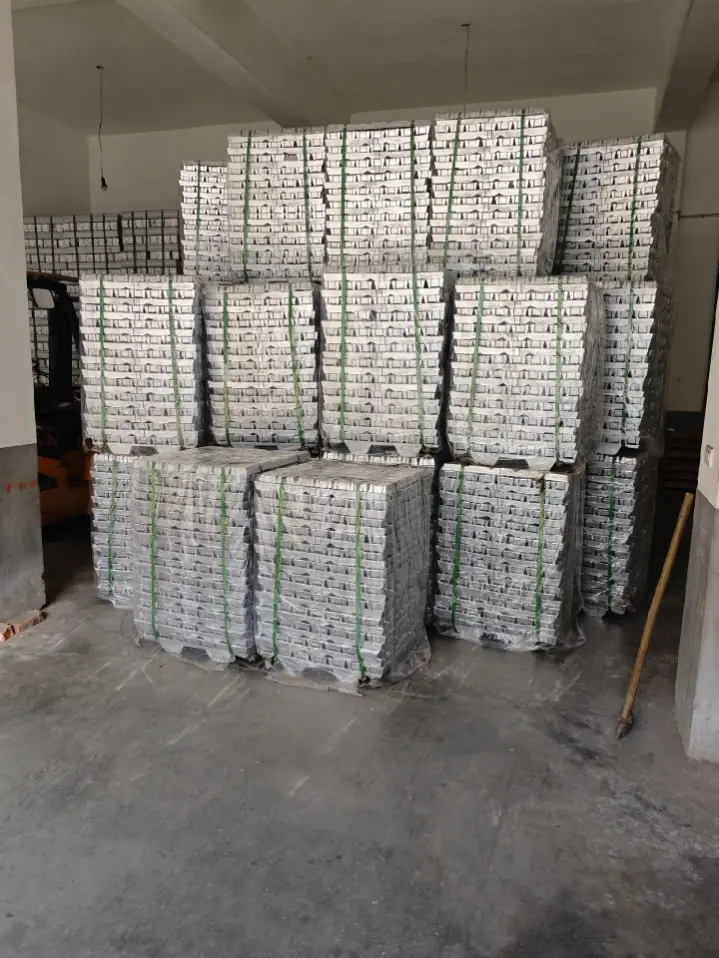A356 Aluminum: High-Performance Alloy for Durable Applications
Introduction
A356 aluminum is a high-performance alloy that has gained popularity in various industries due to its excellent mechanical properties and versatility. Known for its strength, lightweight nature, and corrosion resistance, A356 aluminum is commonly used in applications ranging from automotive components to aerospace structures. In this article, we will delve into the composition, properties, and applications of A356 aluminum, as well as compare it with other aluminum grades. We will also highlight Welleshaft as a trusted global supplier and contract manufacturer of A356 aluminum products.
What is Aluminum Grade A356?
Aluminum grade A356 is a heat-treatable alloy primarily made of silicon and magnesium. It is commonly used for casting processes and is well-known for its excellent castability, which allows for the production of intricate shapes with high dimensional accuracy. A356 aluminum is frequently utilized in various applications due to its combination of lightweight properties and exceptional mechanical performance.
A356 Aluminum Composition
The A356 aluminum composition consists primarily of the following elements:
- Silicon (Si): 6.5% to 7.5%
- Magnesium (Mg): 0.25% to 0.45%
- Iron (Fe): 0.2% (maximum)
- Copper (Cu): 0.1% (maximum)
- Zinc (Zn): 0.1% (maximum)
- Manganese (Mn): 0.1% (maximum)
- Titanium (Ti): 0.2% (maximum)
- Aluminum (Al): Balance
This specific composition gives A356 aluminum its distinctive properties, making it an ideal choice for demanding applications.
A356 Aluminum Properties
The properties of A356 aluminum are what set it apart from other aluminum alloys. Some key A356 aluminum properties include:
- High Strength: A356 aluminum exhibits excellent tensile strength, making it suitable for structural applications.
- Corrosion Resistance: This alloy has good resistance to corrosion, especially in marine environments, enhancing its longevity.
- Good Castability: A356 aluminum’s composition allows for easy casting into complex shapes, reducing manufacturing costs and time.
- Lightweight: Like other aluminum alloys, A356 is lightweight, contributing to its effectiveness in weight-sensitive applications.
- Weldability: A356 aluminum can be welded, allowing for versatile applications in various industries.
A356 Aluminum Specifications
Understanding the A356 aluminum specifications is crucial for selecting the right alloy for specific applications. Here are some of the typical specifications associated with A356 aluminum:
- ASTM B108: This specification covers aluminum alloy sand castings.
- AMS 4181: This specification is for aluminum alloy A356.0 and includes information on chemical composition and mechanical properties.
- Federal Specification QQ-A-601: This includes requirements for aluminum alloy castings, including A356.
These specifications ensure that A356 aluminum meets industry standards for quality and performance.

A356 Aluminum vs 6061
When comparing A356 aluminum vs 6061, it’s essential to consider the intended application. Both alloys have unique properties that make them suitable for different uses:
- Strength: 6061 aluminum has higher yield and tensile strength compared to A356. This makes 6061 more suitable for applications requiring high structural integrity.
- Castability: A356 aluminum excels in castability, allowing for the production of complex shapes, while 6061 is typically used for extrusion and fabrication.
- Weight: Both alloys are lightweight, but A356 may offer advantages in applications where cast components are preferred.
- Corrosion Resistance: Both alloys exhibit good corrosion resistance, but 6061 can be anodized for enhanced protection.
Ultimately, the choice between A356 and 6061 depends on the specific requirements of your project.
Is A356 Aluminum Good?
Yes, A356 aluminum is good for various applications due to its balanced combination of properties. Its high strength-to-weight ratio, excellent castability, and good corrosion resistance make it suitable for a wide range of uses, including automotive parts, aerospace components, and industrial machinery. Moreover, its ability to be welded further enhances its appeal in manufacturing processes.
A356 Aluminum Casting
A356 aluminum casting is a widely used process due to the alloy’s excellent fluidity, which allows it to fill molds accurately. This characteristic is particularly advantageous for producing intricate designs and complex geometries. Common casting methods for A356 aluminum include:
- Sand Casting: Suitable for producing large parts and complex shapes.
- Die Casting: Used for high-volume production of smaller, precise components.
- Investment Casting: Ideal for creating high-precision components with excellent surface finish.
The casting process enables manufacturers to create parts that are both lightweight and strong, catering to the needs of various industries.
A356 Aluminum Equivalent
Understanding the A356 aluminum equivalent is important for selecting the right material for specific applications. Some common equivalents include:
- A357: Similar to A356, with slight differences in composition and properties.
- AlSi7Mg: European equivalent that shares similar characteristics.
- LM25: Commonly used in the UK, similar in properties to A356.
These equivalents can provide alternatives when sourcing materials, depending on regional availability and specifications.
A356 Aluminum Welding
A356 aluminum welding is a critical process for many applications where components must be joined. The alloy can be welded using several techniques, including:
- TIG Welding: Provides precise control and a clean finish, ideal for critical applications.
- MIG Welding: Suitable for high-speed welding of thicker sections.
- Resistance Welding: Used for joining thin sections of A356 aluminum.
It’s essential to use appropriate filler materials and preheating techniques to ensure a strong weld joint, as A356 aluminum can be prone to cracking if not handled correctly during the welding process.
A356 Aluminum Price
The A356 aluminum price can vary based on several factors, including:
- Market Demand: Prices fluctuate based on supply and demand in the aluminum market.
- Quantity: Bulk purchases may offer cost savings compared to smaller orders.
- Supplier: Different suppliers may have varying pricing structures based on quality and service.
For accurate pricing, it is advisable to contact suppliers directly or check online platforms for current rates.
Welleshaft: Your Trusted Global Supplier
When it comes to sourcing high-quality A356 aluminum, Welleshaft is a trusted global supplier and contract manufacturer. We offer a comprehensive range of A356 aluminum products, ensuring that you receive materials that meet stringent industry standards.
Why Choose Welleshaft?
- Quality Assurance: We are committed to providing only the highest quality A356 aluminum products that meet or exceed industry specifications.
- Customization Options: Our ability to provide A356 aluminum cut to size ensures that you get the exact dimensions required for your projects.
- Competitive Pricing: We offer competitive pricing on our A356 aluminum products, making us an economical choice for your manufacturing needs.
- Expert Guidance: Our knowledgeable team is here to assist you in selecting the right aluminum alloy for your application, ensuring you make informed decisions.
Conclusion
A356 aluminum is a high-performance alloy that offers exceptional strength, durability, and versatility for a variety of applications. Whether used in automotive, aerospace, or industrial sectors, A356 aluminum’s unique properties make it an ideal choice for demanding environments. With its excellent castability and welding capabilities, A356 aluminum stands out as a preferred material in modern manufacturing.
If you are looking for a reliable supplier of A356 aluminum, look no further than Welleshaft. With our commitment to quality and customer satisfaction, we are here to meet all your aluminum needs. Contact us today to learn more about our A356 aluminum products and how we can support your business.

